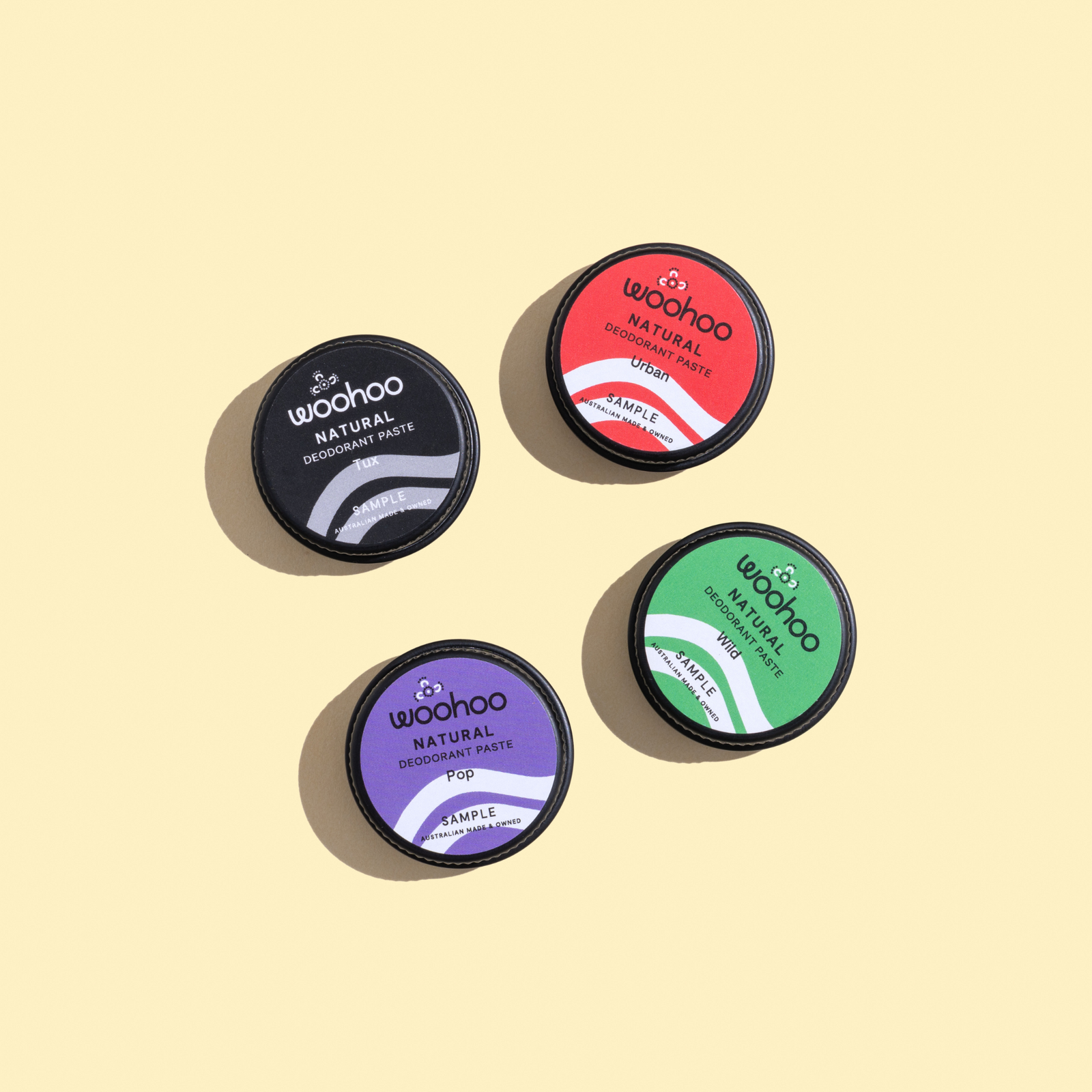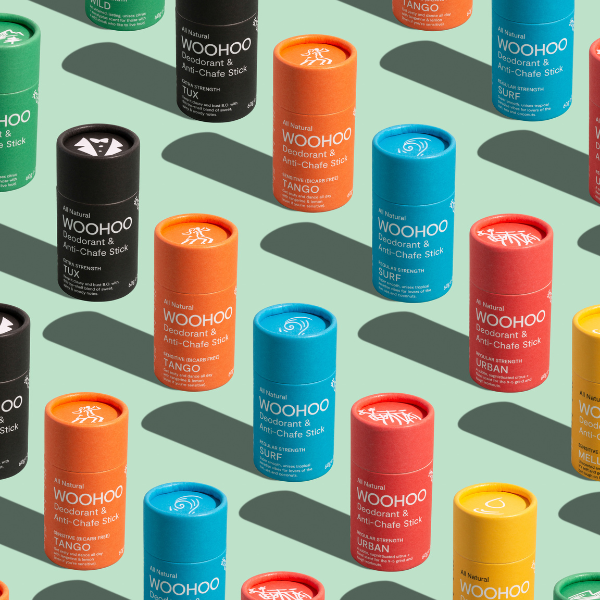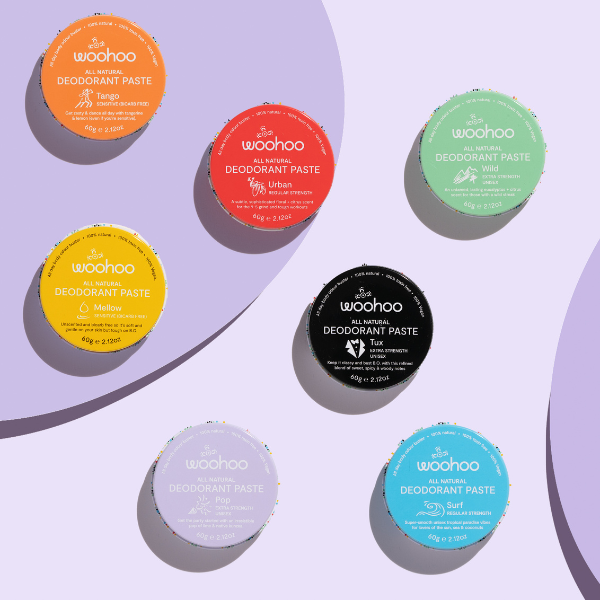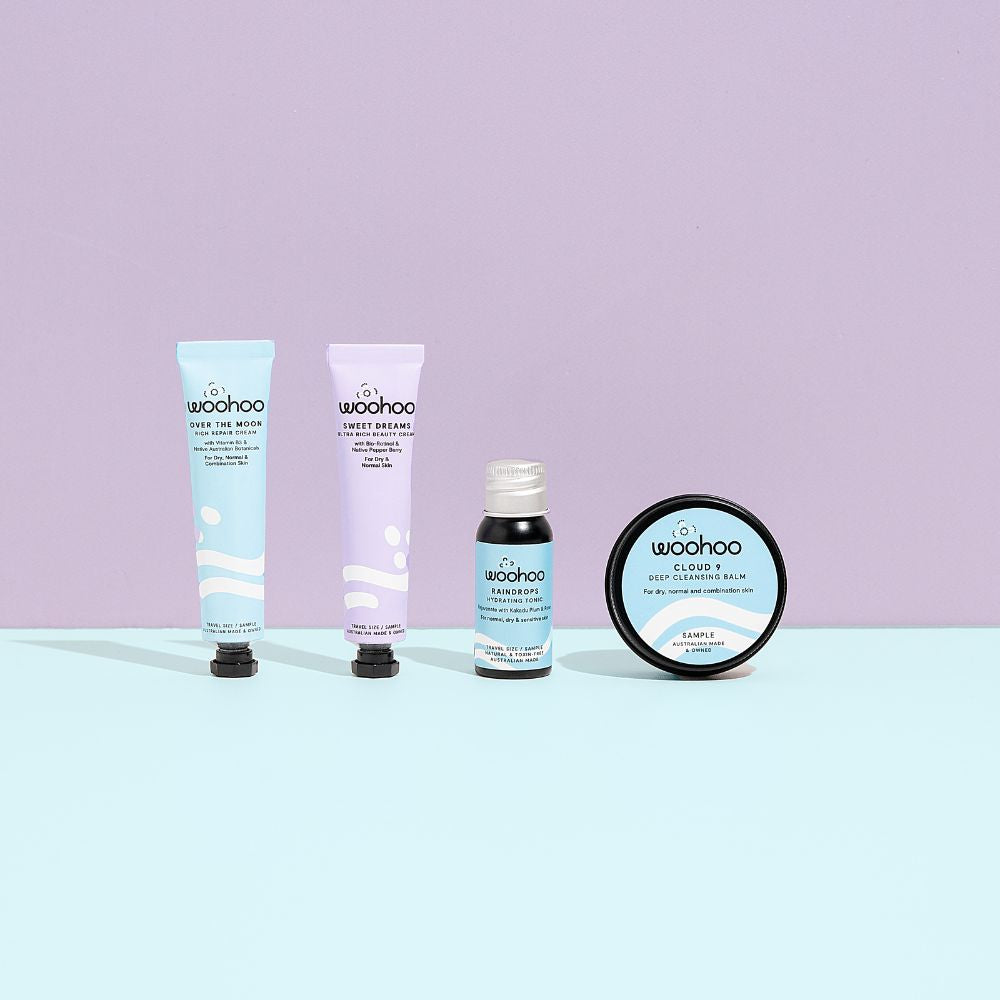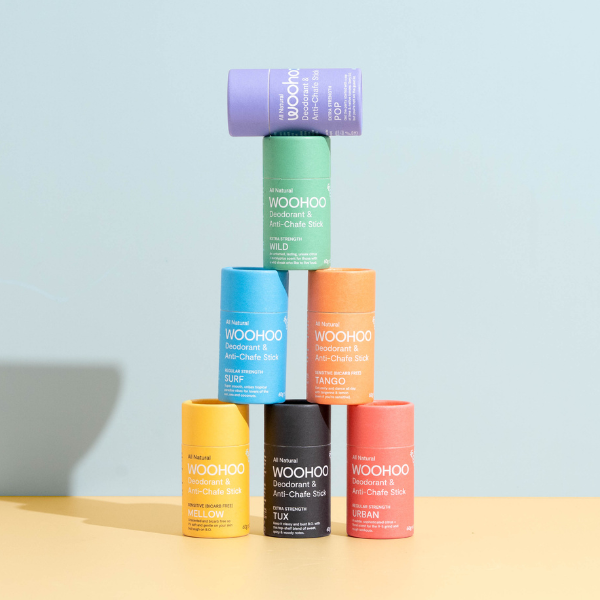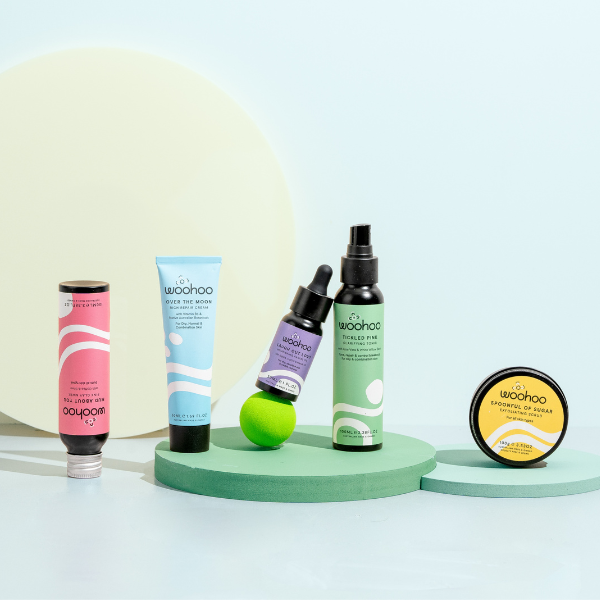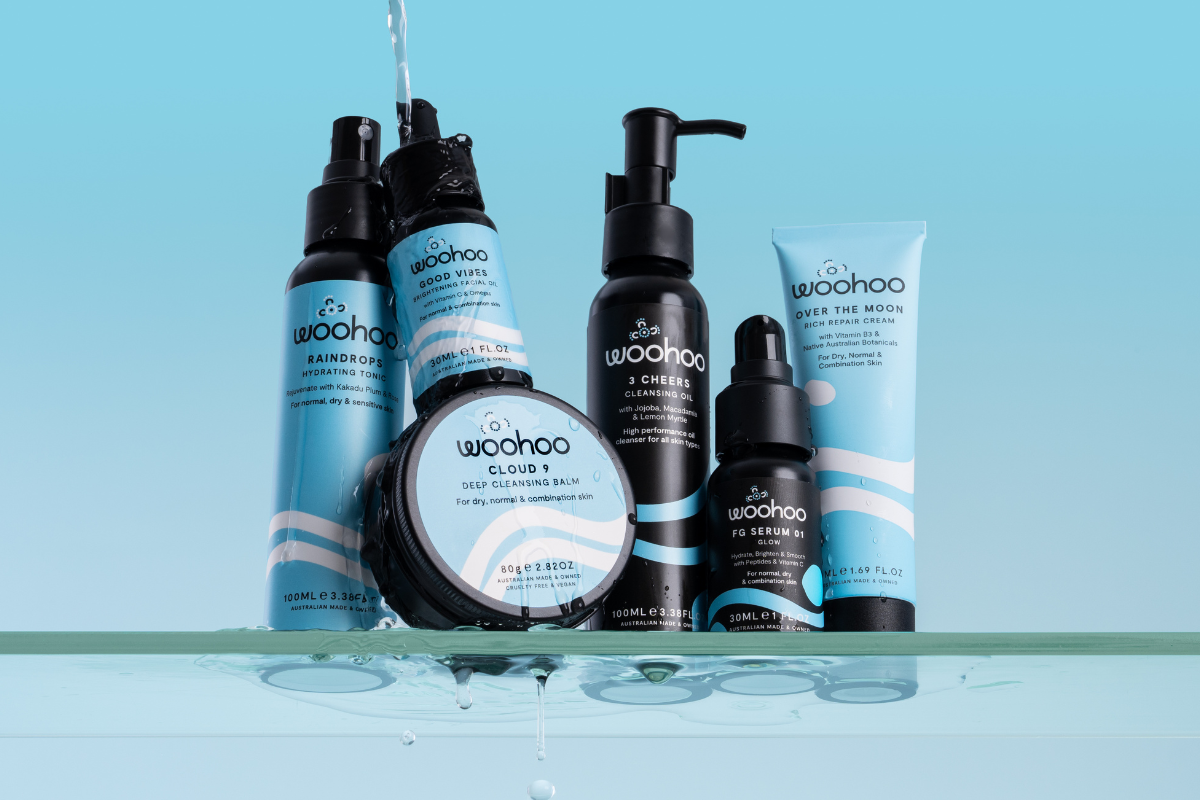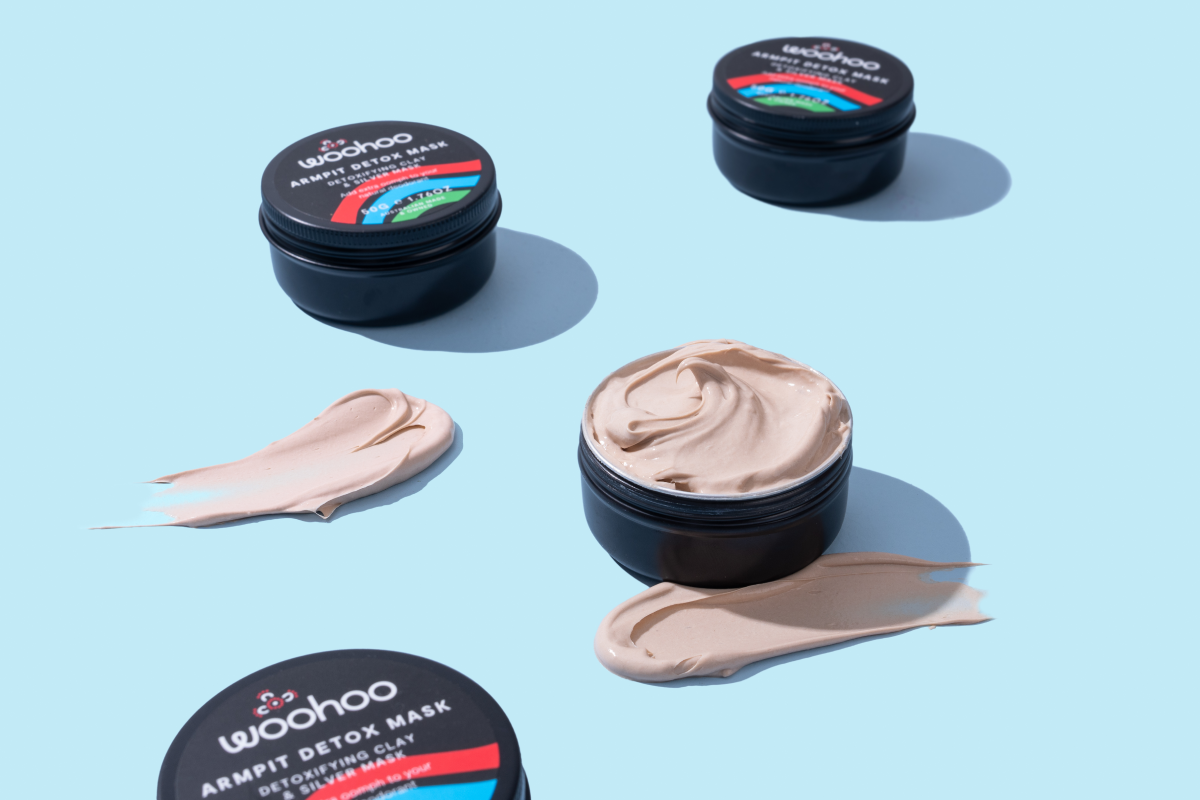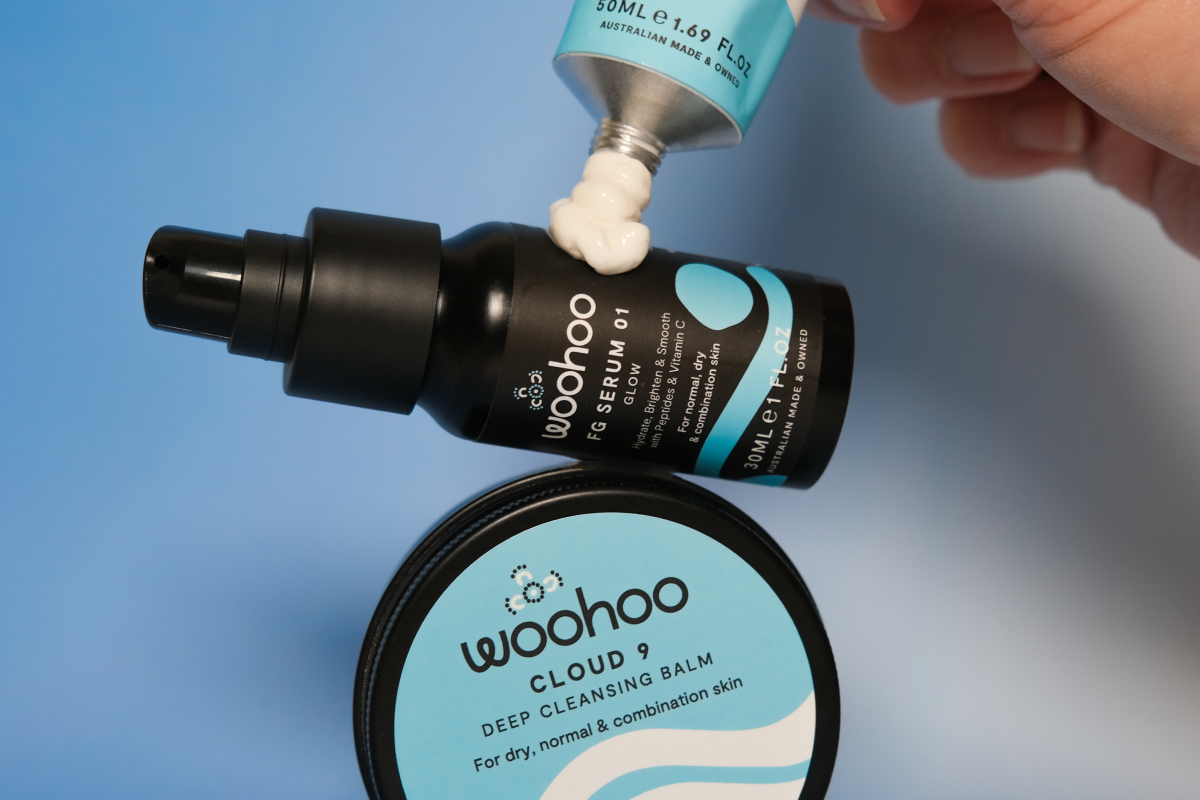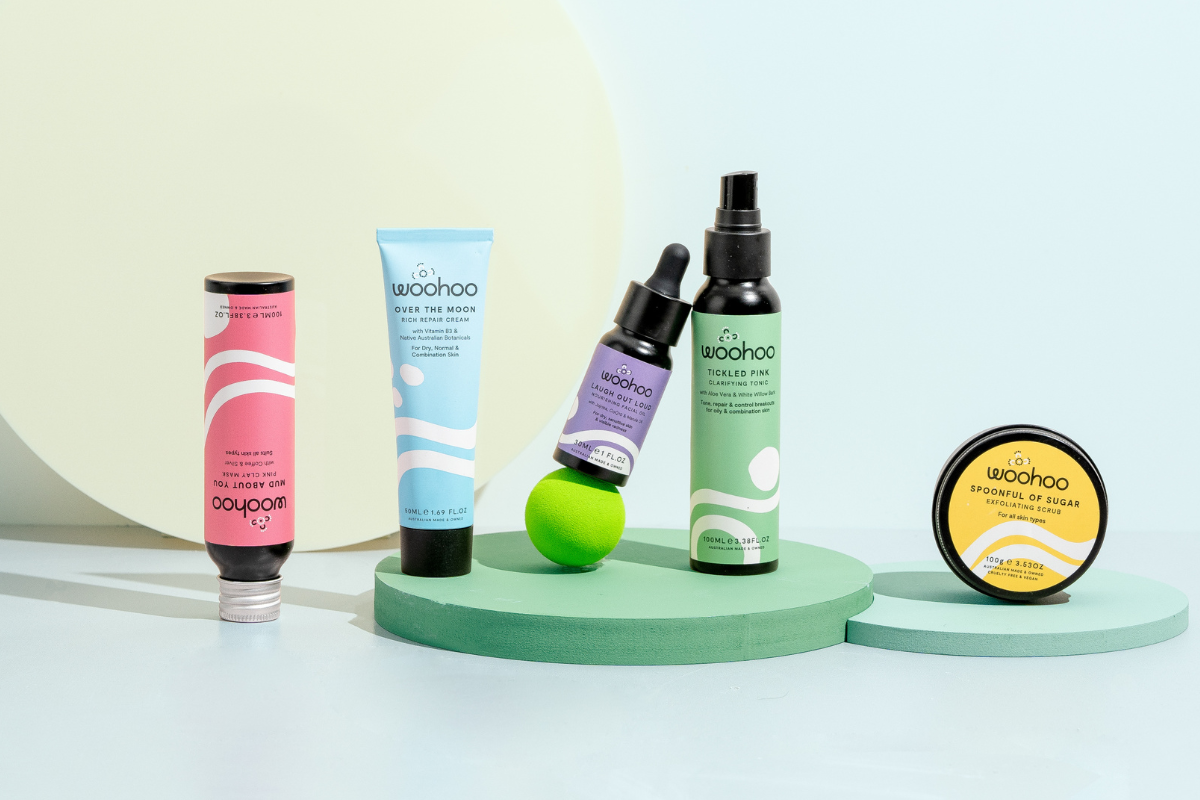
Here’s a real mind blower: did you know that recycling just ONE aluminium tube saves enough energy to power a TV for 3 hours?
This is because producing recycled aluminium consumes only 5% of the energy used to make new aluminium1.
In fact, aluminium is one of the most recyclable materials out there. It can be recycled infinitely without degrading its quality2.
And here's something impressive: aluminium can be back on a shelf in recycled form in as little as 60 days3.
Recycling aluminium also saves 90% more energy than sourcing new aluminium1.
At one point in history, due to its unique properties and the difficulty in extracting it, aluminium was even more valuable than gold4 – can you believe it?!
Here at Woohoo, we house many of our products in aluminium tins, bottles, and tubes. Not only is it a huge win for our planet, but aluminium also provides an effective barrier against external contaminants, such as light, air, and moisture5, keeping your skin and hair goodies fresh and fabulous for as long as possible.
Aluminium packaging is also lighter to ship, which means fewer carbon emissions6 when it comes to shipping orders to Woohoo-ers Australia-wide (and beyond). Winning!
Talk about the little metal that could 💪
And although it does mean higher production costs compared to plastic alternatives, we think it’s absolutely worth it!
So, as you can see, when used thoughtfully, aluminium can speed up the process to a brighter, greener future — one with less plastic waste.
That’s why we chose aluminium packaging to house the Woohoo goodies that aren't suited to cardboard (our first choice in packaging materials 😊).
References
- The Aluminum Association. "Environmental Benefits of Aluminum." 2019.
- Green, J. A. H., and K. A. R. Mitchell. "The recycling of aluminum." JOM 37.10 (1985): 50-55.
- World Aluminium. "Aluminium Recycling." 2020.
- King, Hobart. "Uses of Aluminum." Geology.com, 2020.
- Järup, Lars. "Hazards of heavy metal contamination." British medical bulletin 68.1 (2003): 167-182.
- Lederer, Jakob, et al. "The environmental relevance of capital goods in life cycle assessments of products and services." Journal of Industrial Ecology 22.1 (2018): 25-37.

